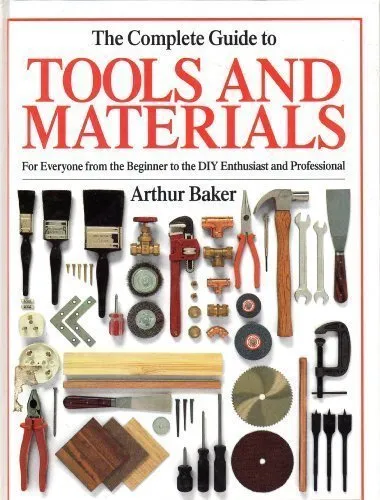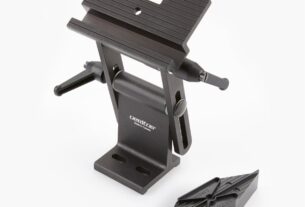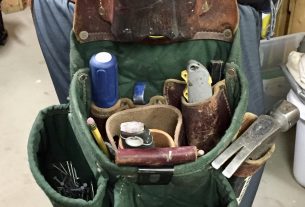Are you tired of relying on power tools for every home repair or renovation project? Do you want to take your DIY skills to the next level? Then it’s time to learn about hand tools. These versatile and affordable tools are essential for any homeowner or hobbyist who wants to tackle a wide range of tasks with precision and ease. In this guide, we’ll introduce you to the basics of hand tools, including their uses, types, and maintenance tips.
Types of Hand Tools
Hand tools come in various shapes and sizes, each designed for a specific purpose. Here are some of the most common types of hand tools:
1. Hammers: A hammer is a basic tool used for driving nails or breaking objects apart. They come in different weights and shapes, such as claw hammers, sledgehammers, and mallets.
2. Screwdrivers: A screwdriver is a handheld tool used for tightening or loosening screws. They come in different sizes and types, such as flathead, Phillips head, and Torx.
3. Wrenches: A wrench is a tool used for turning nuts or bolts. They come in different styles, such as adjustable wrenches, socket wrenches, and combination wrenches.
4. Pliers: Pliers are used for gripping or cutting objects. They come in various styles like needle-nose pliers, lineman’s pliers, diagonal pliers etc.
5. Saws: Saws are used for cutting materials like wood or metal into desired shapes and sizes. They come in different types like handsaw, hacksaw etc.
6. Chisels: Chisels are specialized tools used for carving or shaping wood or stone surfaces.
Uses of Hand Tools
Hand tools have a wide range of uses when it comes to home repairs or hobbies such as woodworking, metalworking, or crafting. Here are some common tasks you can accomplish with hand tools:
1. Driving nails: Hammers are essential for driving nails into walls, floors, or other surfaces.
2. Tightening screws: Screwdrivers are used to tighten or loosen screws in various objects such as furniture, appliances etc.
3. Turning nuts and bolts: Wrenches come in handy when you want to turn nuts or bolts for assembly or disassembly purposes.
4. Cutting materials: Saws are used to cut materials like wood, metal etc.
5. Gripping and cutting objects: Pliers are useful for gripping, bending, or cutting wires and other small objects.
6. Carving and shaping surfaces: Chisels are specialized tools that allow you to carve or shape wood or stone surfaces with precision and control.
Maintenance Tips
Proper maintenance of hand tools is essential for their longevity and effectiveness. Here are some tips to keep your hand tools in top condition:
1. Store them properly: Keep your hand tools in a dry place like a toolbox or cabinet where they won’t be exposed to moisture or dust.
2. Clean them regularly: Use a cloth to wipe down your hand tools after each use to remove any dirt or debris that may have accumulated on them.
3. Lubricate moving parts: Apply lubricant oil to the moving parts of your hand tools such as pliers, wrenches etc., to prevent rusting and ensure smooth operation.
4. Sharpen blades regularly: Keep your saw blades, chisels sharp by using sharpening stones etc., so that they can cut through materials with ease.
5. Check for wear and tear: Regularly check your hand tools for any signs of wear and tear such as cracks, broken handles etc., which can affect their performance.
Conclusion
In conclusion, hand tools are an essential part of any DIY enthusiast’s toolkit. They offer versatility, precision, and affordability, making them ideal for a wide range of tasks. With the right knowledge and practice, hand tools can be used to accomplish anything from simple home repairs to intricate woodworking projects. Remember to maintain your tools regularly to ensure their longevity and effectiveness. If you want more information on hand tools or other DIY-related topics, check out the wiki reference below as well as other authoritative websites.
Wiki Reference: https://en.wikipedia.org/wiki/Hand_tool




